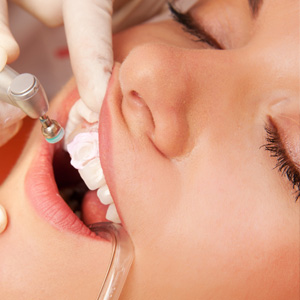Common Questions
Which insurances does Great Outdoors Pediatric Dentistry accept?
We are in network with Aetna, Anthem BCBS, Metlife, United Concordia, Harvard Pilgrim, Delta Dental, and NH Medicaid
What kind of toothbrush is most recommended?
We recommend a soft bristled brush for the optimal health of your gums. We also suggest a small headed brush to get around each tooth more thoroughly. The Philips Sonicare for Kids has received outstanding reviews and may be a great mechanical option.
Does my child need to Floss?
Yes, it is important to floss daily because flossing removes plaque between teeth where it is hard for a toothbrush to reach. A major contributing factor to gum disease is caused by not flossing. Once a child’s teeth start to fit closely together, usually between the ages of two and six, parents should start to get their children in the habit of flossing daily.
How often should my child see a dentist?
We recommend that you see a dentist every six months. An oral exam consists of examining your teeth, removing plaque, potentially taking x-rays, along with a deep tooth cleaning and polishing..
When should I take my child to the dentist?
At the first sign of eruption or about the age of one is when a child should start seeing a dentist.
How do I tell if my child has gum disease?
The best source is your dentist. Because gum disease is painless as it begins, it is crucial to schedule regular dental exams to discover if gum disease is occurring. Symptoms of gum disease include consistent bad breath, receding gums, red or bleeding gums, new spaces between teeth and loose teeth. If you think your child has gum disease, schedule an exam as soon as possible.
Are silver amalgam-type fillings safe?
There have been some concerns about silver-colored fillings or amalgam fillings because amalgams contain mercury which can be toxic. A number of individuals believe these amalgam fillings are responsible for causing a number of diseases, including autism, Alzheimer's disease, and multiple sclerosis.
The American Dental Association (ADA), the FDA, and numerous public health agencies say amalgams are safe, and that any link between mercury-based fillings and disease is unfounded. However, if amalgam fillings still cause you concern, there are a number of other materials we can use.
Should I wait for my child to be exposed to an X-rays?
Fortunately, the dose of radiation your child is exposed to during a dental X-rays is extremely small. Our office uses the most advanced systems which has given us digital X-Rays that drastically reduce radiation exposure. The radiation your child is exposed by the sun, minerals in the soil and appliances in your home within a year is 20 times more radiation exposure than a dental X-ray. That's only 0.2% of all radiation exposure the average person receives.
Are dental sealants for kids?
Sealants are a thin, plastic coating that is painted on the chewing surfaces of the teeth to prevent tooth decay. The sealant quickly bonds into the depressions and groves of the teeth forming a protective shield over the enamel of each tooth. Children and Teens are at higher risk of developing decay in and are therefore the best candidates for dental sealant protection.





